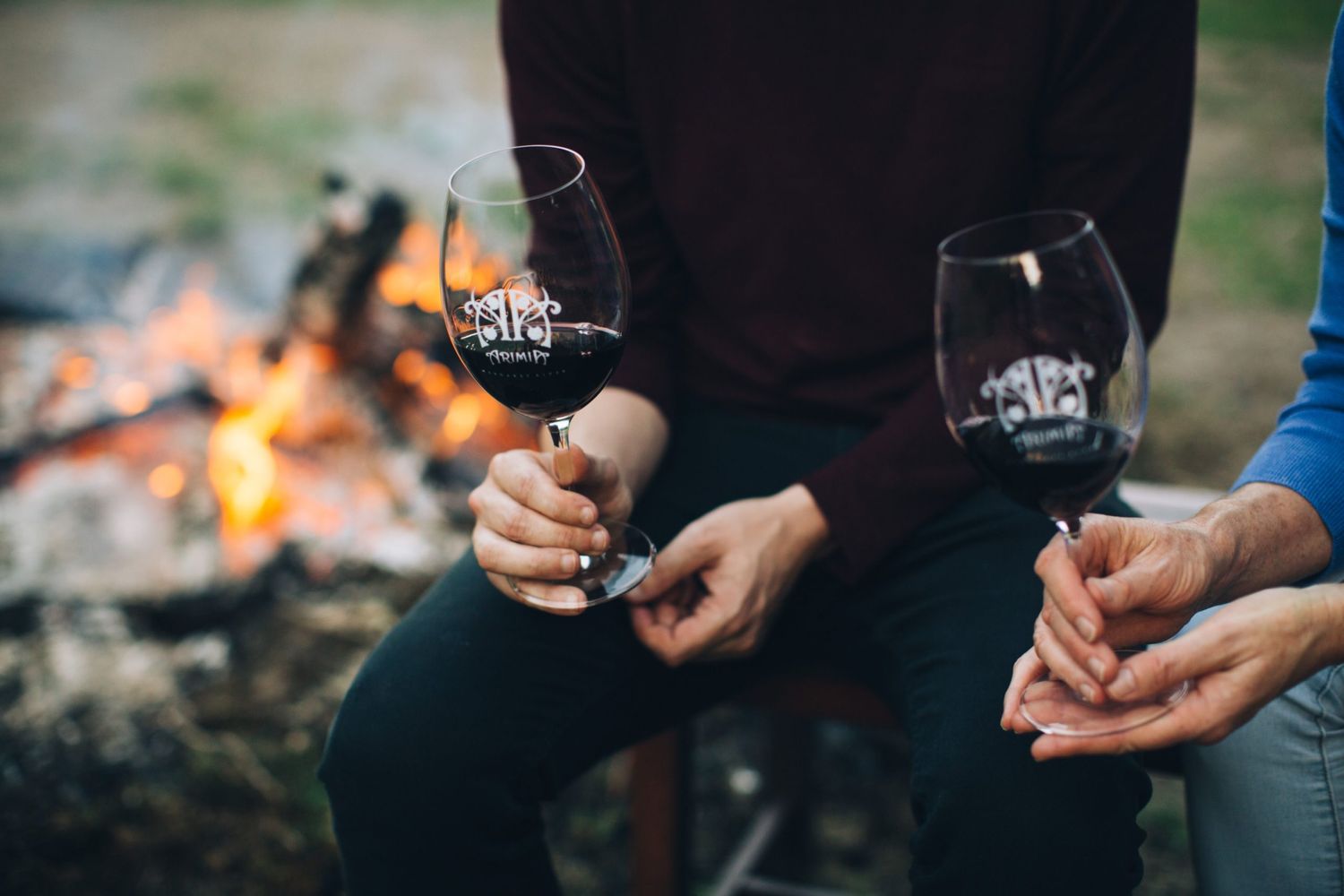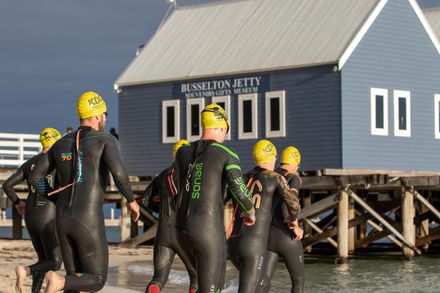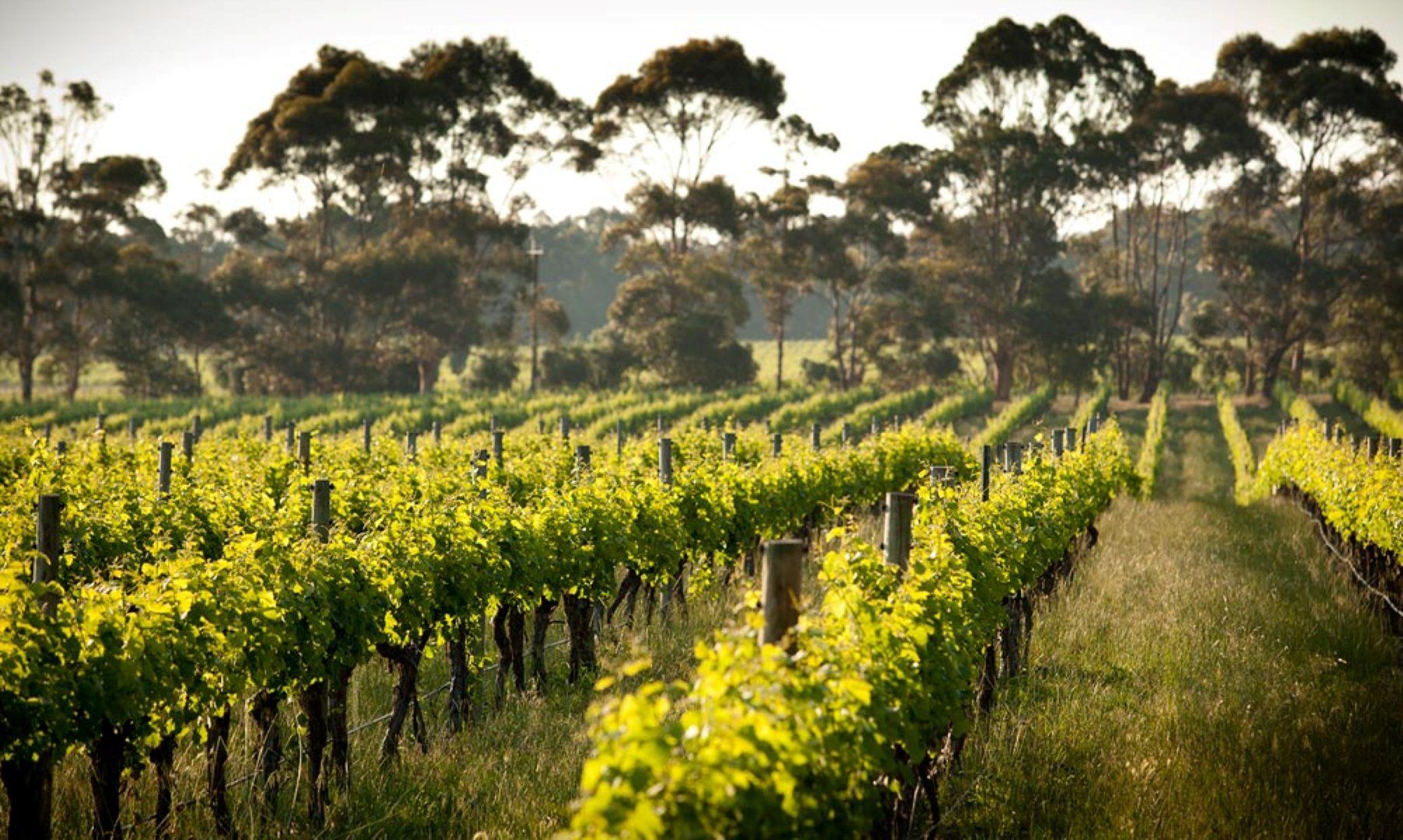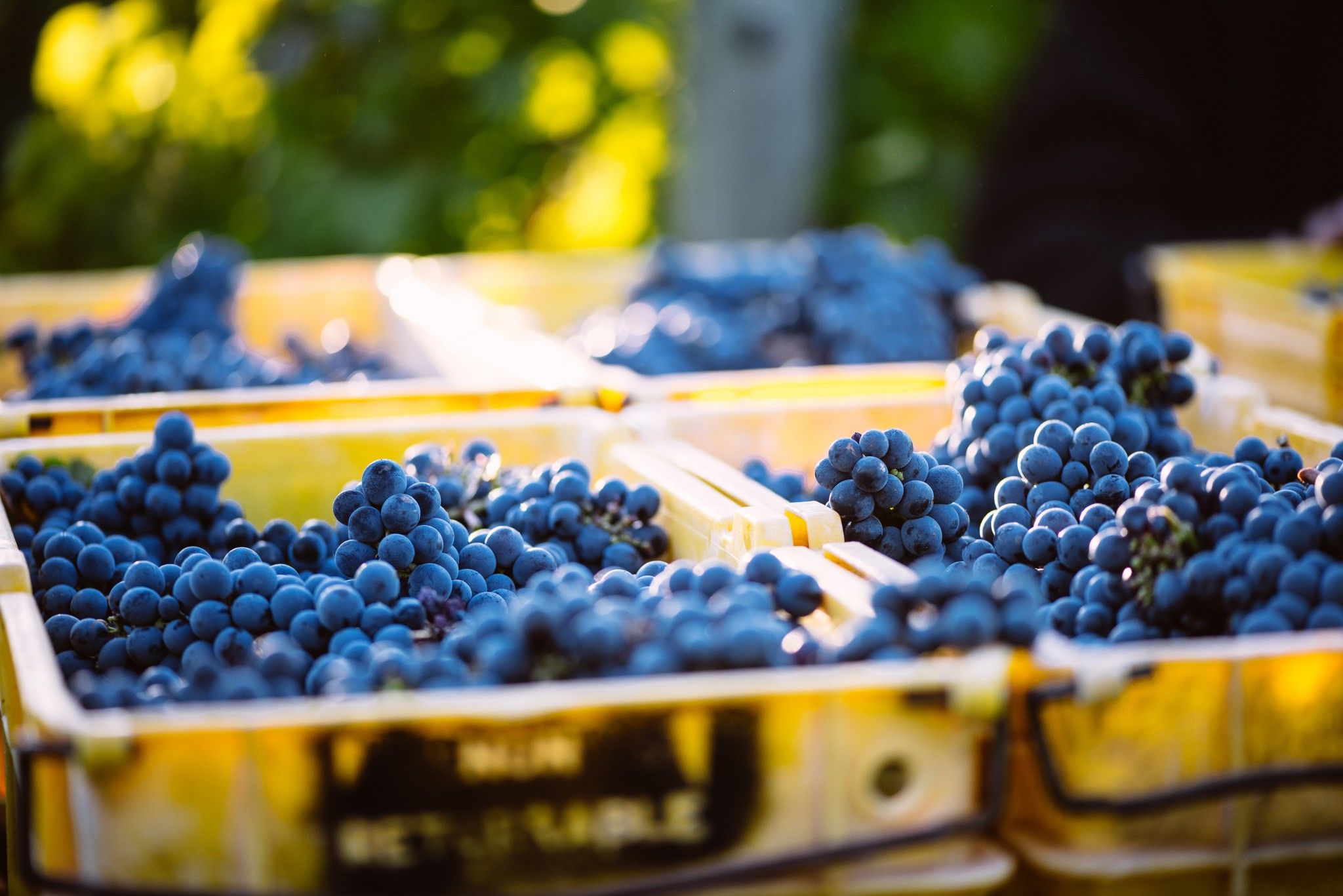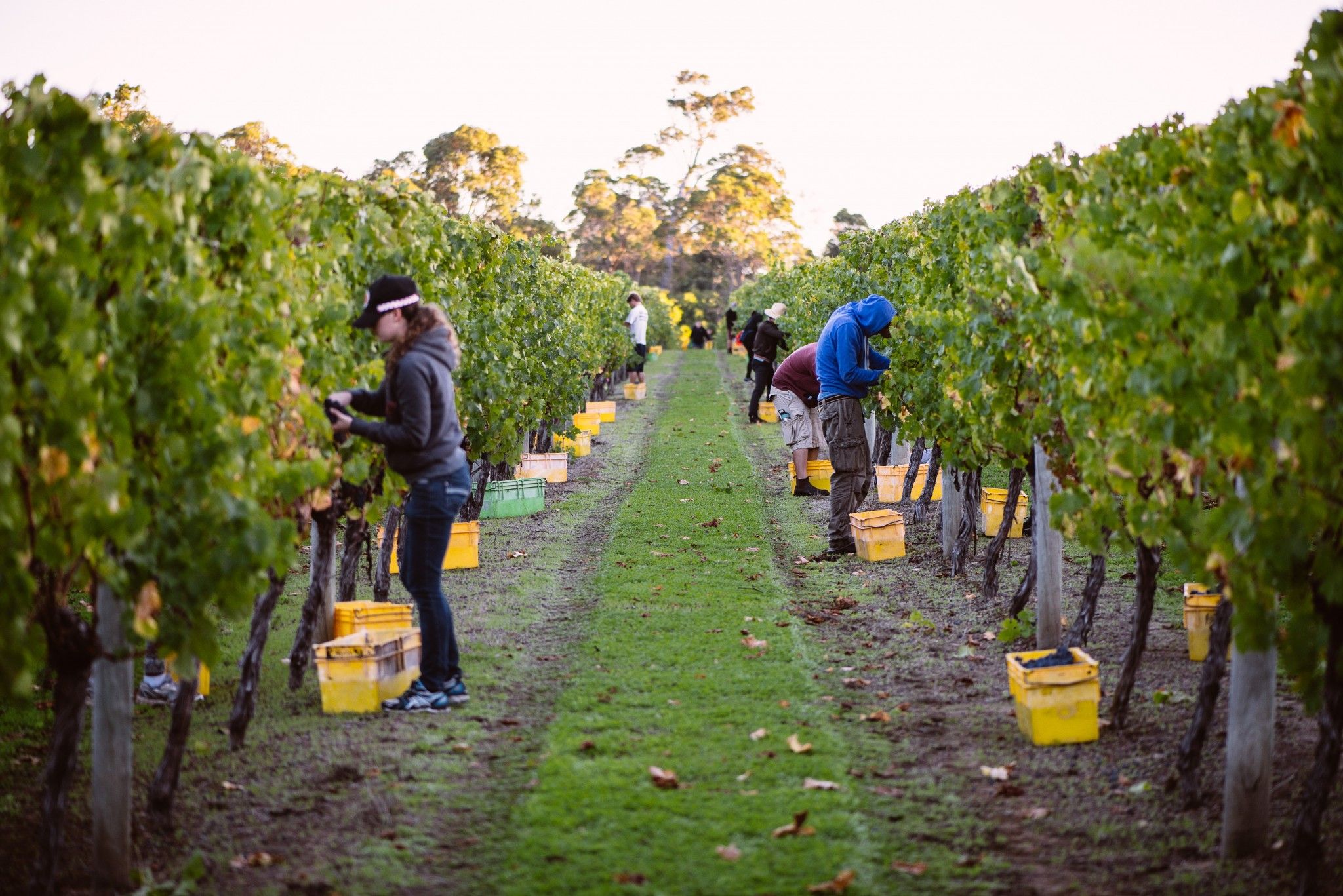Cam Haskell, wine manager at Arimia, celebrates International Cabernet Day by taking us through some of the region’s most exciting cabernet sauvignon.
Across the region, vine leaves have dropped and pruning is well under way or just about finished, vines cut back and retrained for the flush of growth September will bring. The fever dream of vintage has long passed, and it’s a really terrific time to visit cellar doors throughout the Capes. Less crowded and pressured, it’s often a chance to chat and fully engage with a cellar door’s staff and their wines at a leisurely, thoughtful pace. And perhaps best of all, the cooler temperatures bring into prime drinking context some of Margaret River’s very best wines: its Cabernet Sauvignons.
Cabernet Sauvignon is, above all, the grape that put Margaret River on the map – in the 1960’s UWA academic Dr. John Gladstones encouraged planting in the area, and from there grape-growing in the region took off, most spectacularly with Cape Mentelle Cabernet Sauvignon’s consecutive 1984 and 1985 wins of the Jimmy Watson Trophy – Australia’s most important wine show award. If you’re lucky enough to drink one today, it’s a sturdy, assured wine that is still in fantastic form.
